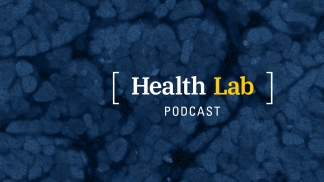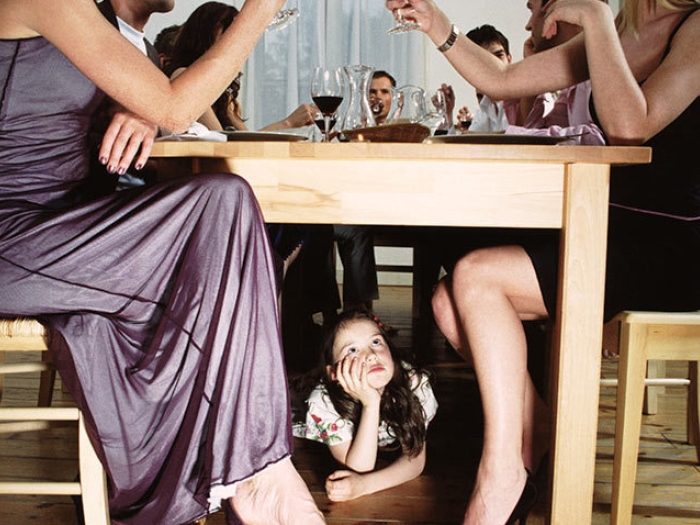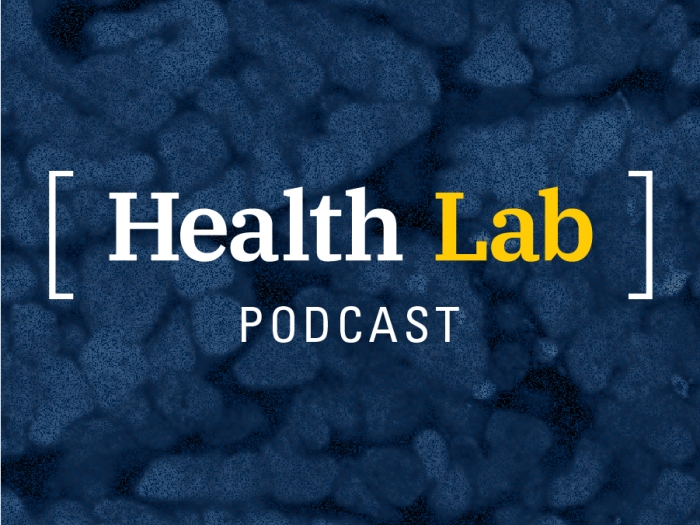Even at age 9 or 10, as many as 10% of children are curious about using substances, and many parents haven’t made specific rules or say kids’ access at home would be easy.
Transcript
Host (00:06):
Welcome to the Michigan Medicine News Break, your destination for news and stories about the future of healthcare. Today: Study of pre-teens yield surprises about alcohol, tobacco, and marijuana. Even at age 9 or 10, as many as 10% of children are curious about using substances, and many parents haven’t made specific rules or say kids’ access at home would be easy.
Host (00:33):
A new study shows that one in 10 pre-teen children already say they are curious about using alcohol or tobacco products. And one in 50 say they are curious about using marijuana. 3% of the nearly 12,000 9 and 10 year old children that were surveyed say they already have a friend who uses one of these substances. And those who said they did were also much more likely to be curious about trying alcohol or tobacco and other nicotine containing products themselves. Meanwhile, up to 35% of the children's parents said their kids may have easy access to alcohol at home, while smaller percentages said the same about tobacco or marijuana. And about 25% of parents said they hadn't yet set rules for their preteen children about whether they're allowed to use these substances.
Host (01:24):
The new study, published in the June issue of Drug and Alcohol Dependence Reports, was led by a University of Michigan researcher using data from a large national project. The findings varied by gender, race, and ethnicity and family income. Across the board, boys were more likely to be curious about substances in comparison to girls, Black parents were much more likely than other parents to have a rule that their children may not use alcohol, tobacco, or marijuana. Low income parents were slightly more likely than those with middle or high incomes to have such a rule. Preteens whose parents made $100,000 or more per year were much more likely to be curious about alcohol, and their parents were more likely to say it was readily available in the home. Lower income children with family incomes of $50,000 or less, were slightly more likely to be curious about nicotine and marijuana and to have it available in the home. Across all groups, kids were more likely to be curious about alcohol or nicotine if their parents said that these substances are readily available in the home. And the same was true for nicotine curiosity among kids whose parents hadn't made specific rules about their use of tobacco or other nicotine containing substances.
Host (02:44):
Meghan Martz, the lead author of the study and research assistant professor, noted that this information could help future efforts to tailor preventive messages and measures and identify children most at risk of future problems. Martz and her University of Michigan colleagues at the University of Michigan Addiction Center are part of the national team studying thousands of children and parents over many years, through a national project called the Adolescent Brain Cognitive Development Study, otherwise known as the ABCD Study, where hundreds of children and parents have enrolled at the University of Michigan. The new findings, however, are some of the first ever about substance abuse curiosity and access in this age group.
Host (03:32):
A previous study by other ABCD Study researchers showed that at age nine or 10, 1 in 5 of the children had sipped alcohol but they were otherwise substance naïve and had not used nicotine, marijuana or more than just sips of alcohol. However, all were aware of what these substances were. Meanwhile, other U-M researchers who run the Monitoring the Future survey have shown that about 1 in 5 14-year-olds have used alcohol at least once in the past year, and tobacco and marijuana use are both reported by 11%.
Host (04:12):
For the new study, the researchers also looked at whether a child's family history of alcohol problems in their biological parents had any bearing on these measures. But the only significant finding was that parents of children with such a family history were much less likely to say that alcohol was easy to access in the home, which suggests that their parents had taken steps to secure it, or did not keep alcohol in the home.
Host (04:39):
Martz notes that the size of the national ABCD Study and the brain imaging being done while children perform different tasks and tests will help the team study how family history of alcohol issues may be involved in other ways. Their current study provides a baseline and newer data will likely show change over time. Her research also includes an effort to study how early signs that a child is vulnerable to mood disorders such as depression or to anxiety correlate with other measures important to substance use and misuse.
Host (05:15):
For more on this story and for others like it, visit uofmhealth.org/healthblogs, and find the Michigan Medicine News Break wherever you listen to podcasts.

Listen to more Health Lab podcasts - a part of the Michigan Medicine Podcast Network.






